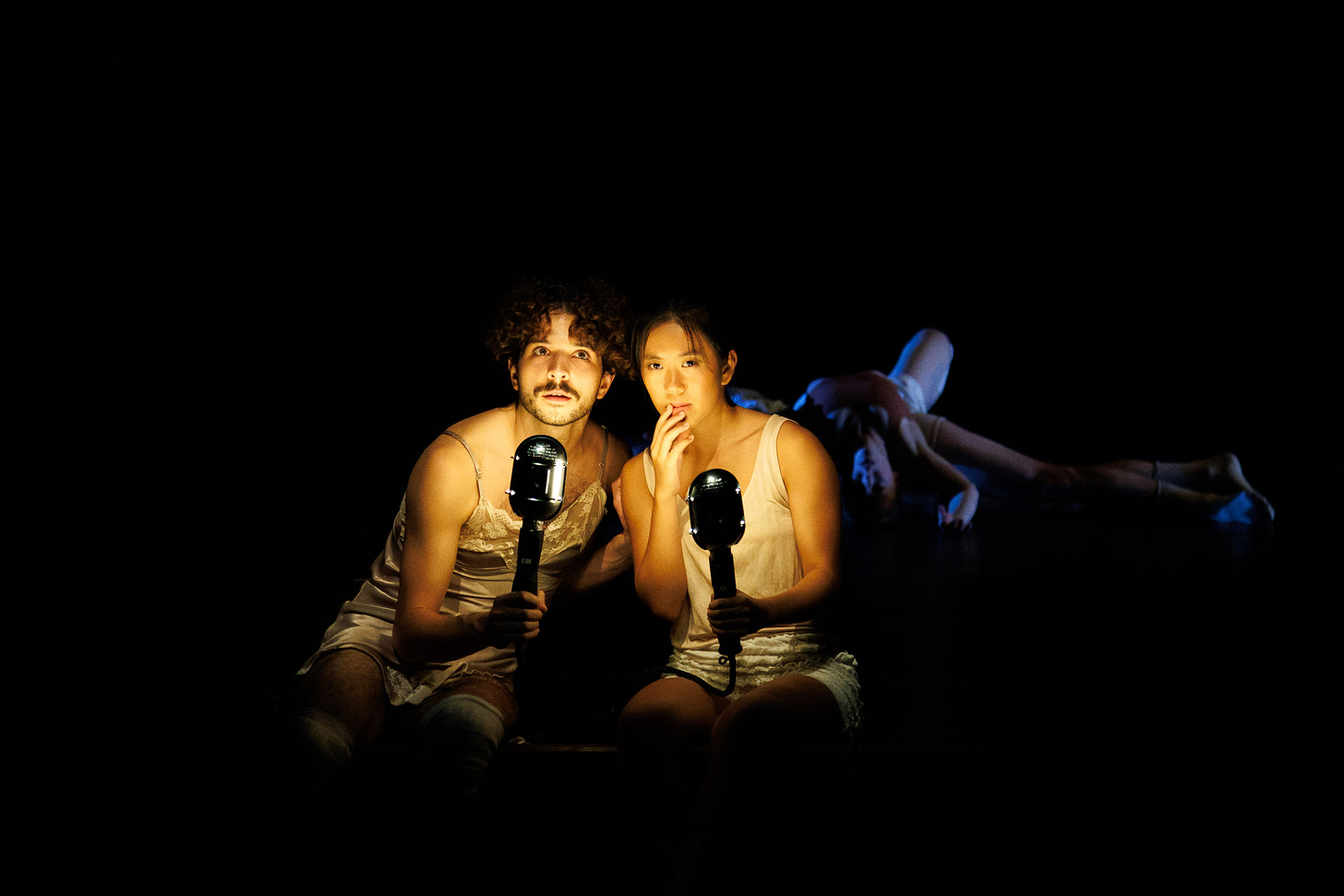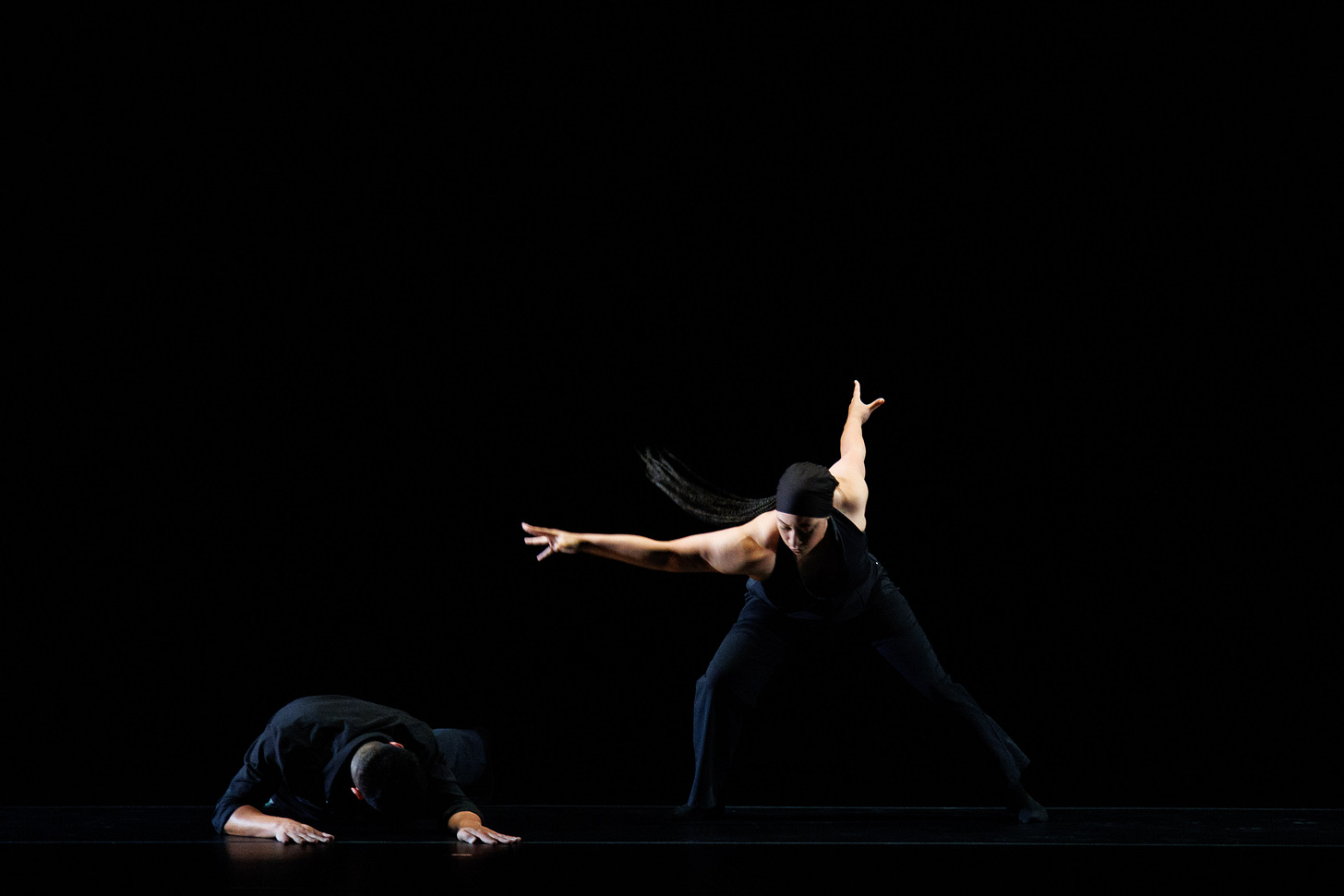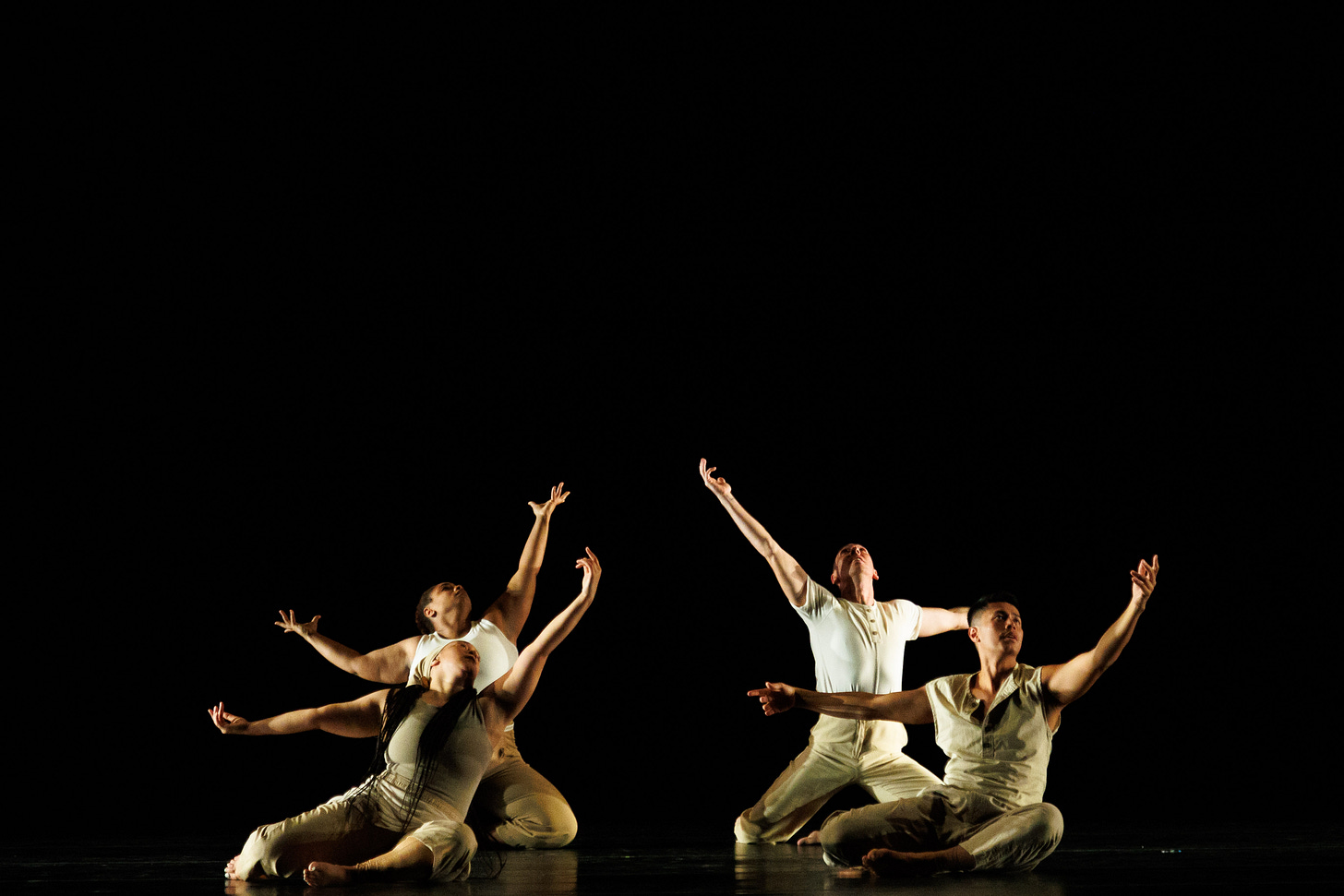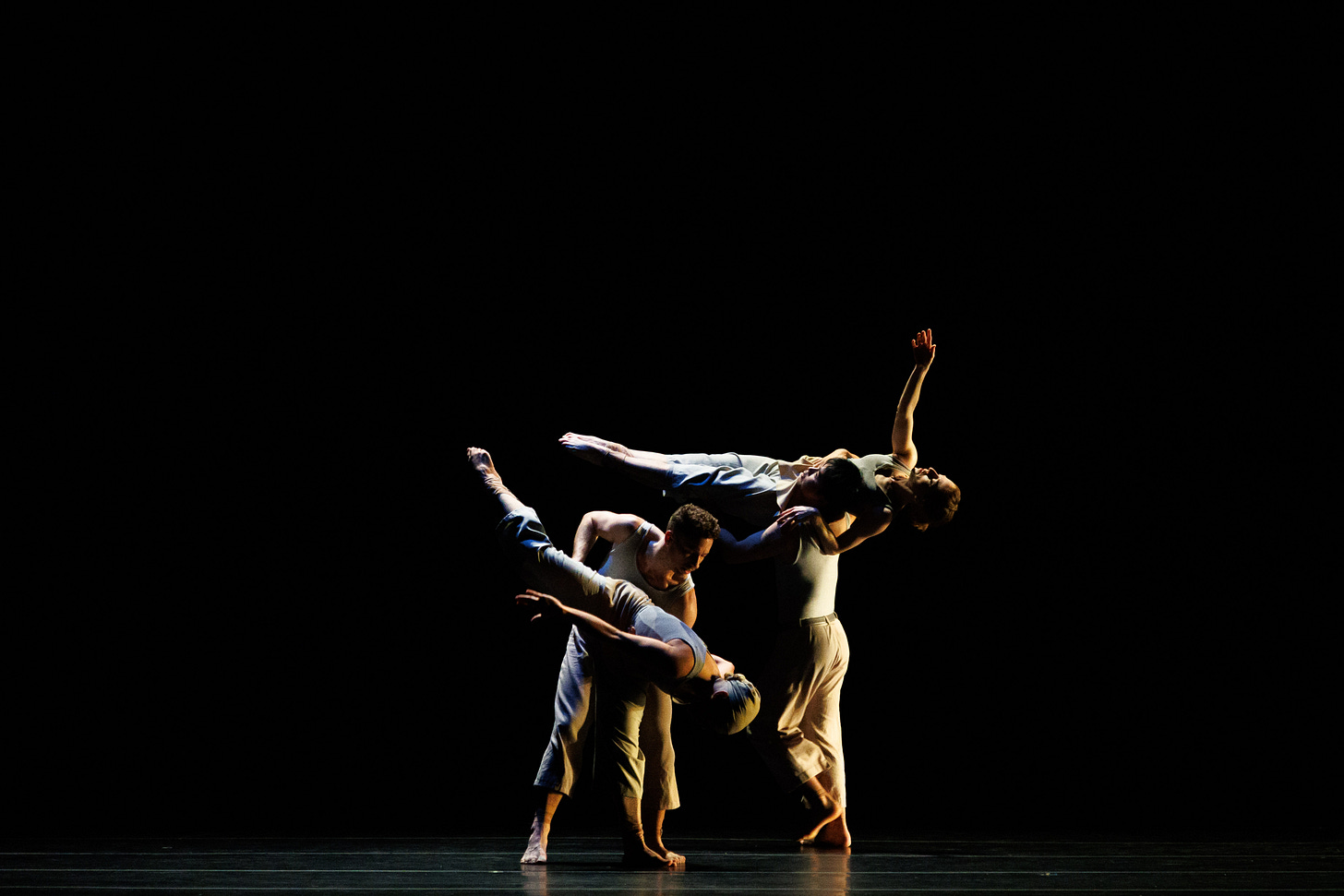The Best Kept Secret of Seattle Dance
I went to a dance performance last weekend.
Normally, that’s something I could proclaim every week in the month of October. Dance performances spring up here like mushrooms at the advent of the autumn rains—everything from the launch of Pacific Northwest Ballet’s artistic season to the street performances that are part of Wa Na Wari’s annual fundraising spectacular, Walk the Block.
It's always my pleasure to see dance, but for me, last weekend’s show was extra special.
I had some surgery at the end of September, a knee replacement. And the rehab process is kind of kicking my butt. My most excellent physical therapist assures me I’ll be able to bend my leg like a normal person sometime soon (actually, he says three months from now) but to set a little mini-goal for myself, a personal carrot for this melancholy Eeyore, I got a ticket to the University of Washington Dance Department’s annual Chamber Dance Company performance. And I told myself that if I kept doing my daily exercises, I’d be able to sit in Meany Hall for 90 minutes.
UW’s Chamber Dance performance is worth it.
If you’re not familiar with CDC, you’re not alone. Let me fill in a few details. The UW’s dance department has a masters’ degree program for former professional dancers looking to earn the academic credentials they need to teach at the college level. And while the bulk of their two-year program involves research, admission into the cohort includes participation in the Chamber Dance Company. Each summer, before the academic year begins, the Company members plus supplemental dancers learn several works which they perform in October, before the year really heats up.
CDC Founder and former director Hannah Wylie likely had a zillion reasons to create the program, but for me, an audience member, top of the list has been the opportunity to see works by artists like Loie Fuller, Martha Graham, Nijinsky, Morris, Taylor and folks whose works and names you may never have encountered. It’s been a chance to watch dance history come to life, to appreciate the evolution of modern dance.
While it has definitely been a learning experience for me, fitting for a university setting, it’s often been a transcendent one. Watching highly trained dancers recreate works that thrilled audiences a century ago is a rare treat.
But even beloved programs like CDC need to evolve and change. During the pandemic, faculty member Rachael Lincoln took the reins from Wiley and beginning last year, added new works by current grad students to the October concert. This year that meant two new pieces, by second year masters’ degree candidates Noel Price-Bracey and Beth Twigs
.
Their dances were sandwiched between Robert Moses’ Speaking Ill of the Dead and two sections from Doug Varone’s 1994 work, Possession.
Moses’ piece opened the bill, and in the skillful bodies of these dancers, it set a high bar, introducing us to the new cohort of scholar/dancers as well as to Moses’ dynamic choreography.
Twigs’ dance, a moody rumination on what seemed to be mental health, featured PNB principal dancer Lucien Postlewaite and Tariq Mitri, an artist who works with the Seattle-based national program Dance Church.
Price-Bracey’s dance was less psychologically fraught, more rooted in the rhythms and traditions of the African diaspora, gently spiced with Western concert dance.
While both of these choreographers have a firm compositional grasp, for me the vastness of the stage, and Meany Hall’s Alvord Theater itself, all but overwhelmed the dances. I admit, I was seated (with my cane) at the back of the hall. From that vantage, the lighting obscured the dancers’ faces, and when it came to Twigs’ piece, the sound design muffled the text they were performing.
The same was true for the excerpts from Doug Varone’s Possession. The lighting was murky, probably its intent thematic. Unfortunately, it didn’t serve the dancers or the choreography.
These gripes aside, I was happy as happy as ever to be at the performance, but part of me wonders what the format change, the inclusion of new student work, portends for CDC’s future.
One thing that has made the show so special has been the opportunity to experience history. The great works from the historical canons of opera, ballet and symphony worlds are brought to stages around the world on a regular basis. But legacy modern dances? Not so often. You see still photos, or documentary films, but the chance to see a dance live? So precious
.
If I ever replace my second knee, I’m hoping the prospect of a Chamber Dance Company performance will be more than enough to entice me to strap on the ankle weights and do another set of PT exercises.








